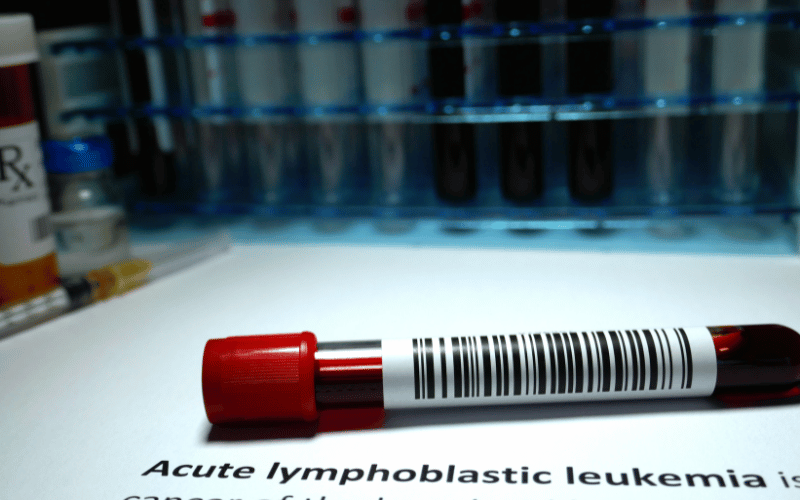Introduction: An Insightful Prelude to ALL Prognosis

Acute Lymphoblastic Leukemia, abbreviated as ALL, remains a focal point in medical discussions, primarily due to its impact on a large populace spanning diverse age groups. A diagnosis of ALL can evoke a maelstrom of emotions, from anxiety and fear to hope.
While the word ‘prognosis’ might be fraught with tension, it also heralds a beacon of light, a guide on the journey to recovery. This detailed exploration unfolds 10 pivotal facts about ALL prognosis. Whether you are personally affected, a caregiver, or someone who believes in the power of knowledge, this article seeks to arm you with vital insights.
The realm of medicine has always been rife with advancements. New research findings, technological evolutions, and novel treatment modalities have continually reshaped our understanding of diseases.
And ALL is no exception. With each passing year, our grasp on this form of leukemia becomes more refined, enabling healthcare professionals to offer improved care and hope to patients. This article, devoid of medical jargon and filled with accessible information, aims to demystify ALL prognosis.
In understanding ALL, it’s crucial to delve into its nature, its progression, and the factors that influence its trajectory. Recognizing the significance of early detection, the role genetics play, and the transformative power of personalized treatment can illuminate the path ahead for those grappling with ALL. Let’s delve deep and unravel these facts.
1. Understanding Acute Lymphoblastic Leukemia (ALL)

Acute Lymphoblastic Leukemia, or ALL, begins its journey in the bone marrow—the soft, innermost part of our bones responsible for producing blood cells. The bone marrow creates stem cells, which have the potential to develop into various types of blood cells.
In a patient with ALL, something goes awry during this development process. Instead of forming mature, functional white blood cells, these stem cells evolve into leukemic white blood cells, also known as lymphoblasts or leukemic blasts. These cells, while plenty in number, do not perform the function of typical white blood cells.
These immature lymphoblasts start to multiply rapidly, overwhelming the bone marrow. As they proliferate, they overshadow the production of regular, healthy blood cells.
This hostile takeover by the leukemic cells results in fewer red blood cells, platelets, and normal white blood cells being produced. Why is this a concern?
Well, each type of blood cell has its unique function. Red blood cells transport oxygen, platelets help in clotting, and white blood cells fight infections. The decline in their numbers is what causes most symptoms of ALL.
The body’s inability to produce enough regular blood cells leads to a plethora of symptoms. With fewer red blood cells, one might feel fatigue, weakness, and even experience paleness.
A lack of platelets could result in easy bruising, bleeding gums, and prolonged bleeding from cuts. The shortage of normal white blood cells makes patients susceptible to infections, given that white blood cells are the body’s defense mechanism against harmful invaders like bacteria and viruses. Furthermore, as the cancerous cells invade the bloodstream and circulate throughout the body, they can affect other organs, leading to a range of symptoms from bone pain to swollen lymph nodes.
A grasp on how ALL affects the body is crucial for several reasons. First, it can aid in early diagnosis. (1)